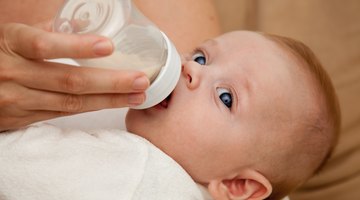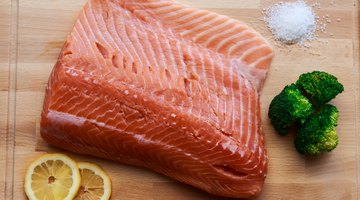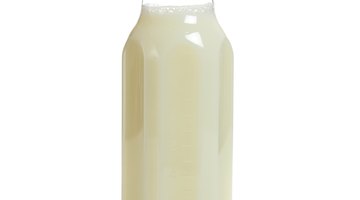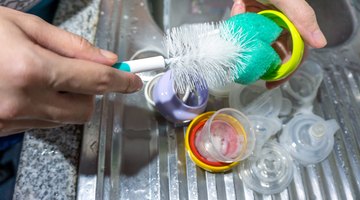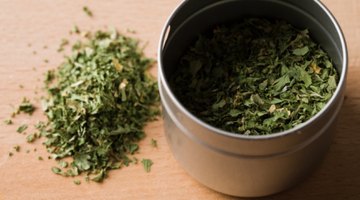How Long is Homemade Baby Food Good For?
Homemade Baby Food Safety and Storage Tips
Looking for a tasty, nutritious way to feed your baby once she starts solids? Make your own baby food out of wholesome ingredients, and you always know exactly what she's eating. It's not difficult to make, but first, brush up on your storage guidelines to keep the food safe and prevent foodborne illnesses.
How Long Can You Store Homemade Baby Food?
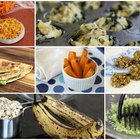
Cheap & Healthy Meal Ideas for 1-Year-Old Babies
Learn More
Your freshly made gourmet baby food definitely beats the store-bought stuff when it comes to taste and nutritional value. But what about shelf life? While one of the challenges with homemade baby food is its short storage time, it's not an issue as long as you know the limits.
At room temperature, freshly made baby food is safe for up to two hours. If the room is warmer than 90 degrees F, it's only safe for about an hour. Once you refrigerate homemade food that contains fruits and veggies, you have about 48 hours to use it. If your creation includes meat, poultry, fish or eggs, use it with 24 hours.
Want to make larger batches? Pop the homemade food into the freezer for longer storage. It's safe in the freezer for up to three months. The freezer is your best friend if you want to stock up on homemade baby food for quick meals and less work during the week.
Proper Baby Food Prep and Storage
How you prep and store the baby food is just as important as how long you keep it. Wash your hands and everything you use thoroughly before you start. It's best to have a separate cutting board for fruits and veggies, so those ingredients don't get contaminated by meat, poultry and fish.
Fresh, healthy ingredients are best. When possible, use organic ingredients to cut down on the potential for chemicals in the finished product. Keep cold ingredients in the refrigerator until you're ready to cook them.
Cook all foods thoroughly before you make the food. Fruits and veggies should be soft, so they are easy to mash and don't pose a choking risk. You can add breast milk, formula or water to the food before you puree it to thin the mixture if desired.
Once your food is pureed, scoop it into airtight containers. You can use baby food jars from the supermarket if you clean them thoroughly, or use small food storage containers with a tight seal. It's easiest to use small containers with a single serving in each one, so you don't waste food when you serve it. Write the date on the container to ensure it gets used before it goes bad.
If you're putting the food straight in the freezer, scoop the food into the sections of ice cube trays. Put them in the freezer just until frozen. Then, pop the baby food cubes out of the trays, and place them in an airtight container with the date on it.
Thawing and Reheating Homemade Baby Food
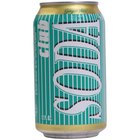
Ways to Drink Club Soda During Pregnancy
Learn More
When mealtime rolls around, your baby doesn't want to wait for thawing and reheating. Plan ahead by pulling frozen food out of the freezer the night before you plan to use it. Need a faster thaw? Put the airtight container of food in a small bowl of warm water. Replace the water as needed to keep it warm and continue the thawing process.
You can heat up the baby food over a pan of hot water on the stove or in the microwave. Use caution with the microwave, as it tends to heat food unevenly. Microwave the food in short intervals of about 15 seconds each, stirring and letting the food rest for 30 seconds after each time. Fatty foods, such as meat and eggs, are best warmed on the stove, because the fat heats up quickly in the microwave and can cause overheating.
No matter how you heat the food, stir it thoroughly before serving. Put a clean finger into the food or taste it yourself to check the temperature. For your baby's safety, it should be only lukewarm.



